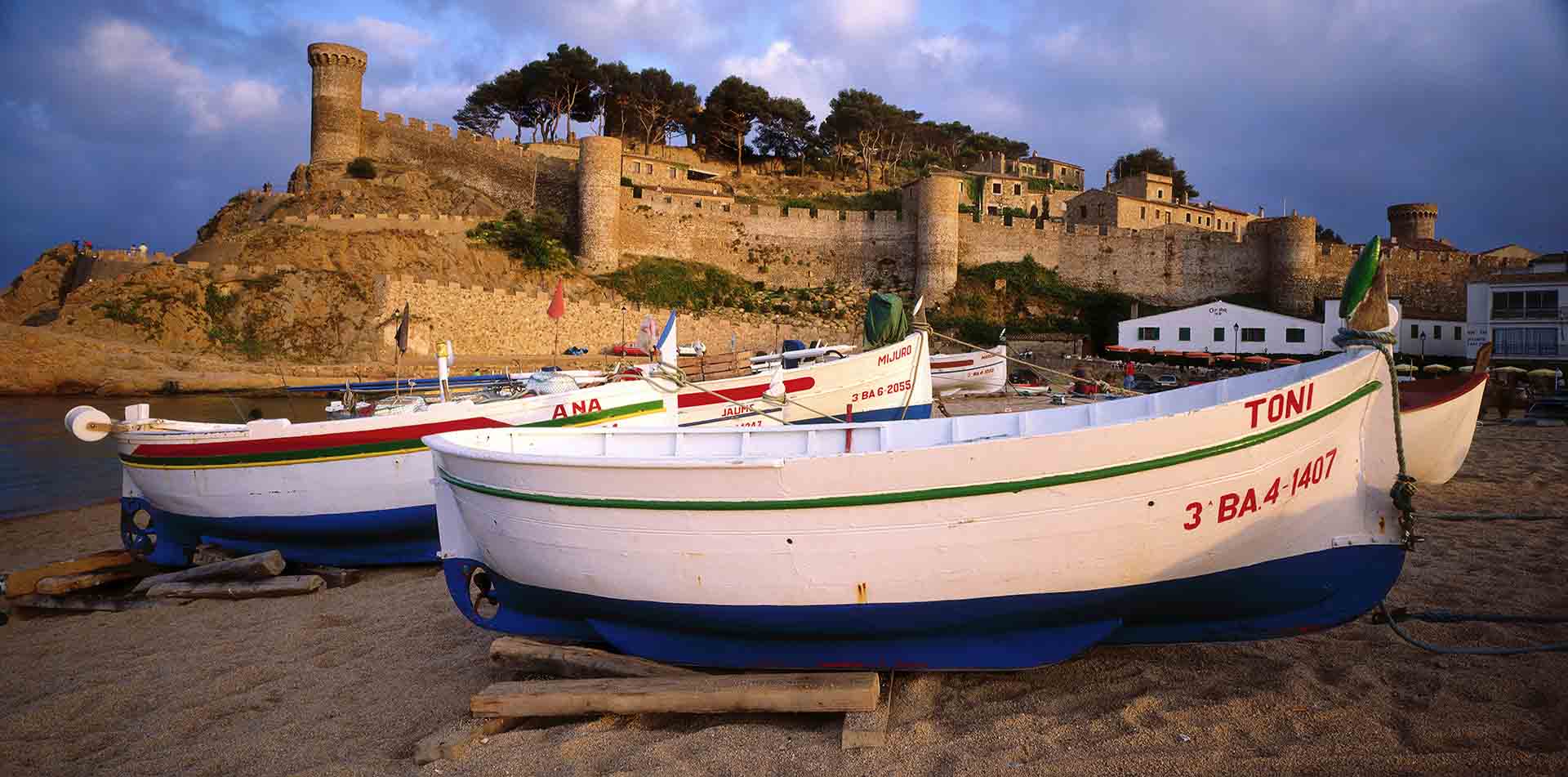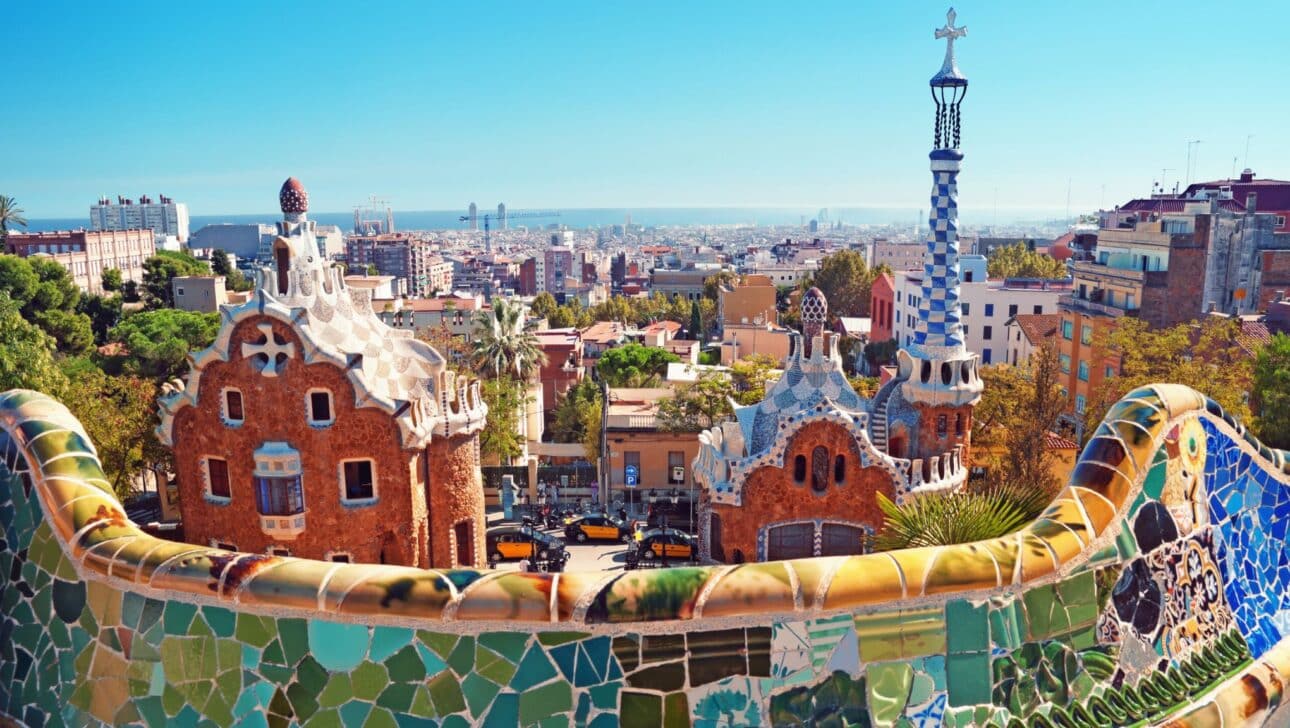Join us on a captivating journey into the world of Gaudí’s masterpieces as we explore Barcelona, on foot at eye level. Throughout the city, you can see the enduring beauty and importance of Antoni Gaudi’s famed landmarks. These iconic buildings, churches, and parks are an integral part of Catalonia’s heritage, and with an enchanting blend of history and modernity, Gaudi’s architecture makes him a timeless part of Barcelona’s identity. Learn more about our favorite sites and see for yourself why Barcelona continues to captivate visitors year after year. His work continues to shape the skyline even today, as La Sagrada Familia is still under construction. So whether it will be your first time in Barcelona (or your 10th) this evolving cityscape proves to be a dynamic place to visit time and time again.
Who Was Antoni Gaudí?
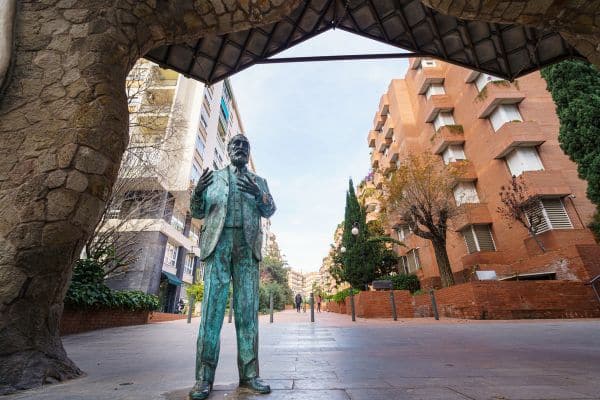
An architect. A visionary. An icon of Barcelona. There are many ways to describe Antoni Gaudí, whose ideas and structures still influence the Spanish city. Born in 1852, Gaudí is known for his unique and imaginative architectural designs, which are often characterized by their whimsical style and creative shapes. His legacy lives on today not only in his famous landmarks but in the fact that his natural design work was sustainable and ecological. Often using natural forms and materials in his work, he was proud to integrate buildings with their natural surroundings, which was innovative at the time for both architects and environmentalists. This famed Catalan architect and designer considered every intricate detail of his projects, from stained glass to ironwork, and became a leader in the Modernisme movement in the late 19th and early 20th centuries.
Casa Batlló
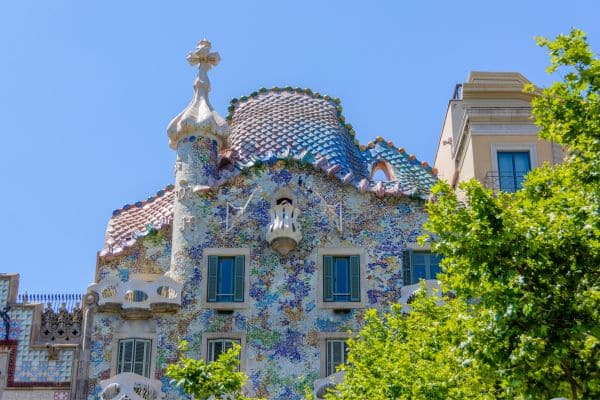
Located in the heart of Barcelona sits the incredible Casa Batlló. One of Gaudí’s most celebrated architectural masterpieces, this building is a testament to his innovative visions. He transformed a downtown apartment building into a whimsical work of art, showing off his true creative genius. Using a kaleidoscope of colorful mosaics and curved walls, this one-of-a-kind structure stands out in a cityscape of grey cookie-cutter buildings. The building’s significance goes beyond its aesthetics, as Casa Batlló represents the Modernisme movement, a Catalan form of Art Nouveau. While visiting, step into his imaginative world for an unclose look at the design as well as a chance to marvel at the intricate details throughout.
La Pedrera (Casa Milà)
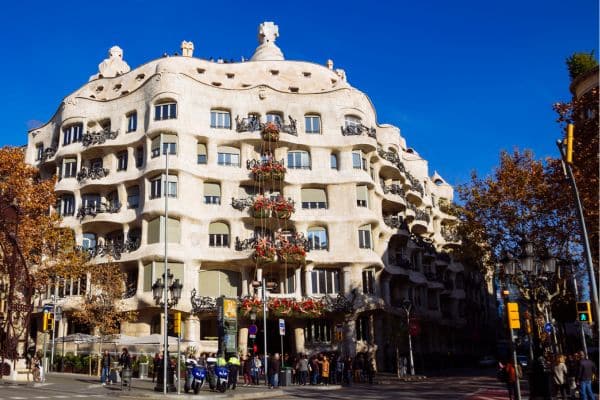
La Pedrera, officially known as Casa Milà, is another architectural masterpiece designed by Gaudí. Constructed between 1906 and 1912, it shows off his groundbreaking approach to architecture, from his wave-like facade to the flowing lines to the sculpture-filled rooftop, there is simply no place quite like it. Named “La Pedrera” or “The Stone Quarry” because of its unique appearance and use of stonework, it draws tourists, artists, and architects from all over the world. Currently being used for five different purposes (tourism, cultural events, residential apartments, administrative use, and also commercial space) this was Gaudi’s last work of civic architecture and is a fascinating place to visit.
Park Guell
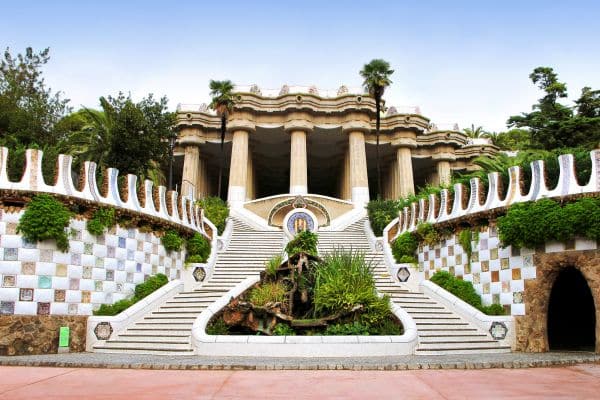
Get ready to walk through a whimsical wonderland! Park Güell, a privatized park system that designed by Gaudí, is a must-visit destination in Barcelona. Showcasing his distinctive use of mosaic tiles, organic shapes, and playful design elements, you can explore the many sculptures and gardens in this surreal atmosphere and amble down the pathways for some amazing photo ops. Drawing inspiration from nature, it was constructed between 1900 and 1914, and originally envisioned as a residential garden city. While the residential aspect of the project was never fully realized, the park’s design remains a testament to Gaudí’s creativity and a playful paradise for all to enjoy.
Guell Palace
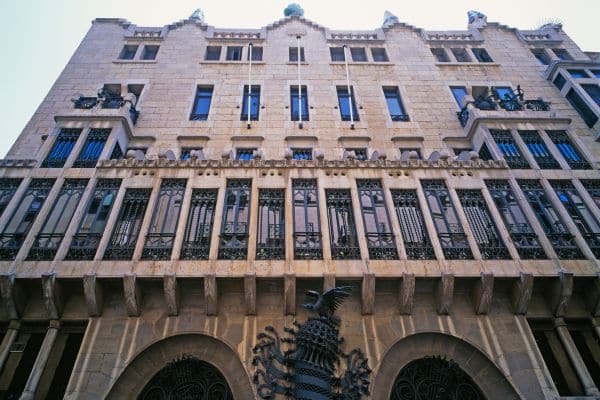
Güell Palace (officially named Palau Güell) is a historic gem in the heart of Barcelona that was built between 1886 and 1890. This palace was commissioned by Güell, a wealthy industrialist and Gaudí’s longtime benefactor, with the intent to become a family residence as well as a symbol of their social status. Using his avant-garde creativity, there is unique design work in every aspect of this building from the wrought-iron gates and colorful mosaics to the impressive central atrium and its skylights. Don’t forget to visit the palace’s unique rooftop with its sculptural chimneys and many patterned mosaics. This famed piece of the Modernisme movement shows Gaudí’s enduring influence on the city and adds another must-see destination for your visit to Barcelona.
La Sagrada Familia

A trip to Barcelona would not be complete without a visit to the iconic La Sagrada Familia, which is now a UNESCO World Heritage site. Of course, designed by Antoni Gaudí, it has become a symbol of Barcelona as you can see it throughout the city. Once inside this incredible structure, marvel at the towering nave and its massive columns that reach for the ceiling, as well as the colorful stained glass windows all around you. Combining art with religion, there are various scenes such as the Nativity Facade and the Passion Facade, which tell the story of Christ’s crucifixion and resurrection. You could spend hours at La Sagrada Familia looking at the intricate details, learning about the important symbolism, and taking in the vast architecture that continues today with construction. Don’t miss this highlight when exploring Barcelona!
Ready to explore Barcelona on foot at eye level? Join Classic Journeys on our curated walking tour of Barcelona and the Costa Brava!
